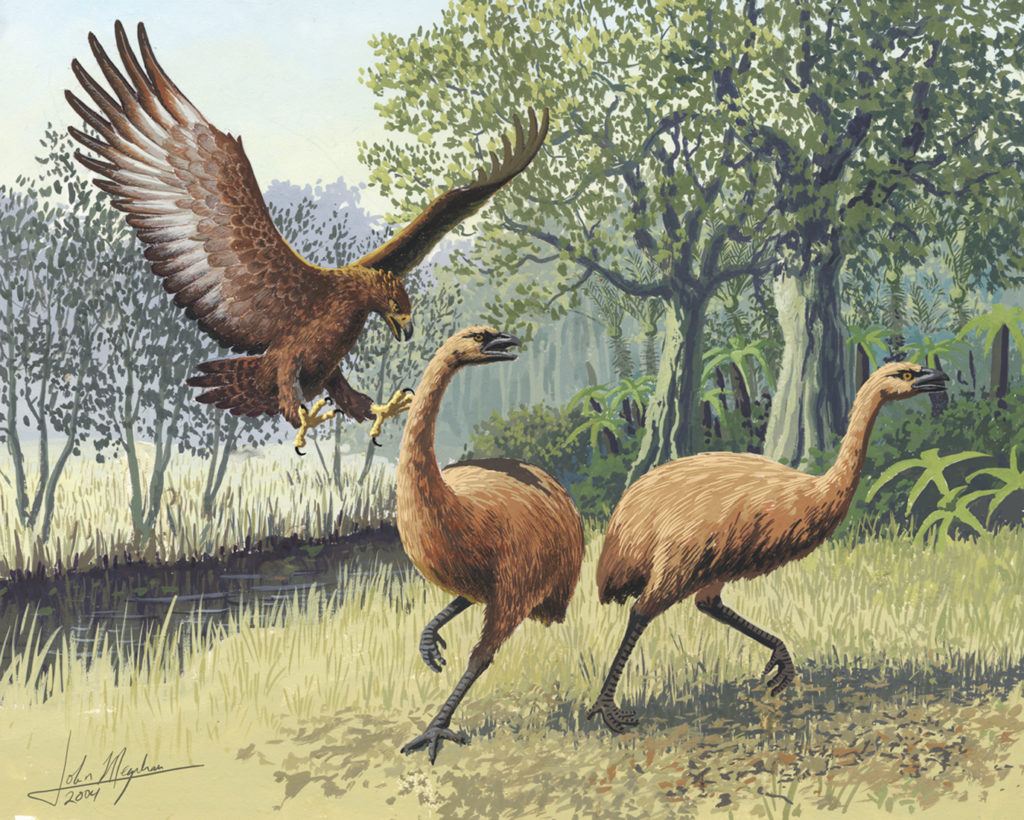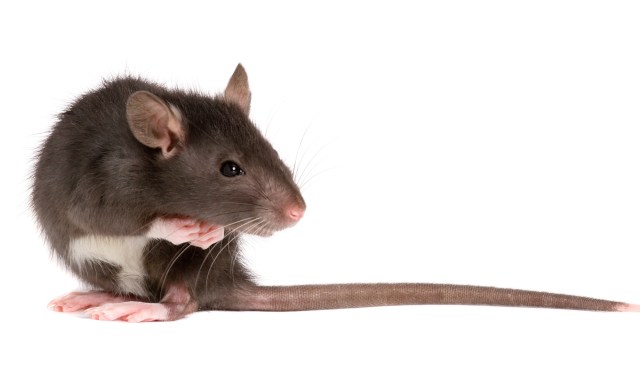Credit: Wildcat78, Getty

In a previous column, I described gene drive technology as the genetic equivalent of a nuclear bomb.
Gene drive is a naturally occurring or artificially engineered phenomenon in which a gene, or group of genes, acquires a greater than normal chance of being passed on to the next generation. With sufficiently enhanced heritability, the gene(s) will spread through a whole population within a few generations.
For instance, if gene drive techniques were used to create a bias to the production of male offspring, then the number of females in the target population would diminish with every generation – with knock-on consequences for the size of the next generation.
In theory, we could engineer the extinction of an entire species, but who would want to do a thing like that? The New Zealanders, that’s who.
In a fascinating piece for the Atlantic, Ed Yong reports from the frontline of a land war to rid New Zealand of eight species of predatory mammals:
“In recent years, many of the country’s conservationists and residents have rallied behind Predator-Free 2050, an extraordinarily ambitious plan to save the country’s birds by eradicating its invasive predators. Native birds of prey will be unharmed, but Predator-Free 2050’s research strategy, which is released today, spells doom for rats, possums, and stoats… They are to die, every last one of them. No country, anywhere in the world, has managed such a task in an area that big. The largest island ever cleared of rats, Australia’s Macquarie Island, is just 50 square miles in size. New Zealand is 2,000 times bigger. But, the country has committed to fulfilling its ecological moonshot within three decades.”
What has New Zealand got against mammals? The story begins before the year 1300, or thereabouts, when apart from bats, the islands were mammal-free due to their great distance from any other land mass. Over millions of years, this had allowed a unique ecosystem to evolve – one in which birds filled the ecological niches occupied elsewhere by mammals. For instance, instead of herbivorous mammals like antelope or kangaroo, there was the flightless moa – the biggest of which could reach 12 foot in height. And in place of apex predators like the lion or the wolf, there was Haast’s eagle[1. Also see this BBC report.]– the biggest eagle that’s ever lived (big enough to take down a moa).

Sadly, with human colonisation (contemporary with the later Middle Ages) the moa was hunted to extinction (which did for the eagles too). Polynesian, followed by European, settlers also brought various other mammals along with them – wreaking havoc on the surviving native fauna.
The ecological devastation continues to the present day, hence the plan to rid New Zealand of its worst mammalian predators (Homo sapiens excepted!). A few areas, mostly small offshore islands, have already been cleared. However, the main islands present a huge logistical challenge – sparking interest in the potential of gene drive technology.
If the technology does work, the unintended consequences could be literally world-changing. Rodents aren’t native to New Zealand, but they are to most other parts of the world – where they form a critical part of the food chain. If they were to be wiped out, then the result would be ecological disruption not restoration.
Rats are incorrigible stowaways, but would enough genetically-modified rats make it out of New Zealand to ‘infect’ populations elsewhere? They might if they get some deliberate help:
“Gene-drive rats may not be able to swim or stow away in sufficient numbers to occupy new lands, but people could carry them. There is precedent for this: In 1997, farmers illegally smuggled a hemorrhagic virus into New Zealand to control rabbit pests. They could just as easily smuggle gene-drive rats in the other direction, to control the rodents in their own particular corners of the world.”
This is the trouble with releasing genetically modified organisms into the wild. Under scientifically controlled conditions, outcomes are predictable. But once out in the environment, both nature and man can upset carefully laid plans.
With something as powerful as gene drive technology that’s a risk we’d be ill-advised to run – even if it is in a good cause.










Join the discussion
Join like minded readers that support our journalism by becoming a paid subscriber
To join the discussion in the comments, become a paid subscriber.
Join like minded readers that support our journalism, read unlimited articles and enjoy other subscriber-only benefits.
Subscribe